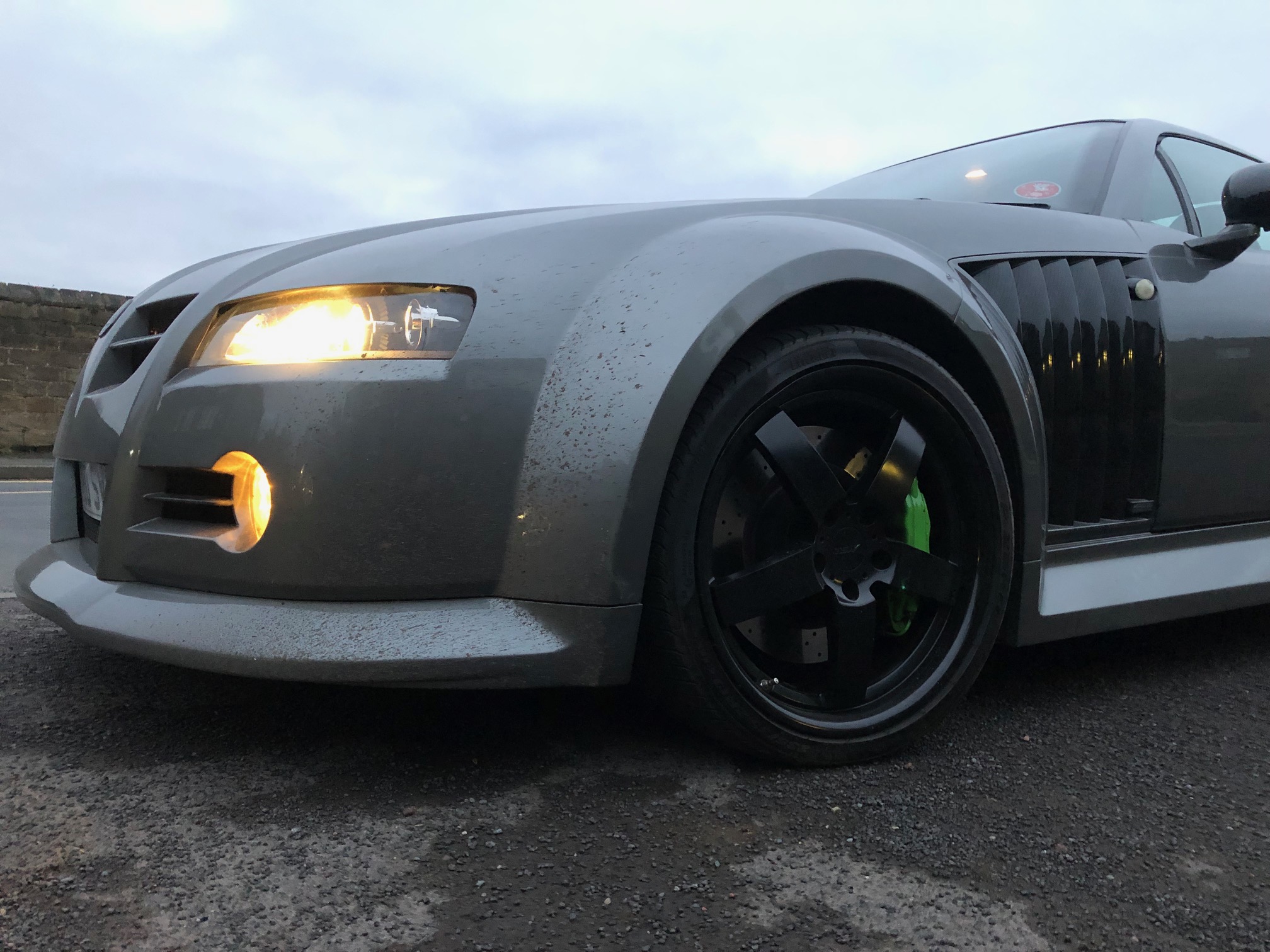
One of our colleagues at SAIC Motor loved to poke fun at other development engineers. ‘’All the gear but no idea’’ he would quip, when witnessing a prototype car bristling with data logging equipment. Whilst there was an element of sensor envy, he had a point. Anything can be measured, but it means nothing if you don’t understand the results and (more importantly) know how it will affect the customer’s perception of the car.
We were reacquainted with the pleasures of the MG SV recently. The car had recently been purchased but the client didn’t care for the unyielding ride quality. Could we drive it and offer advice? Oh, if we must. Dramatic styling, torque aplenty and an exhaust symphony suggesting the world was ending. Splendid! But yes, the ride was far more unyielding than we remembered with sharp crashes thrown in for good measure. What was going on?
A ramp inspection revealed the fitment of high-quality adjustable dampers and coil over springs of a much higher rate. The anti-roll bar links (ball jointed as standard) had also been replaced with spherical bearings (‘Rose joints’) which did not have sufficient travel. This sudden stop as the bearing ‘necked’ was causing a sharp rise in the effective wheel rate, bending of the link and damage to the joint. It was a clear case of the sum of the parts not adding up to the client’s desires. Evidently the previous owner had set the car up for track days. No doubt it would come into its own on a smooth track at speed (although the roll bar links were a mistake – sealed ball-jointed links will work just as well and last a lot longer), but a set of standard SV suspension parts would be more appropriate for the present owner’s road car aspirations.
Our friends with a lovely TF have progressively developed the car to suit their aspirations. Thankfully for us, it includes some VHS parts. Having driven our own demo TF and enjoyed the steering feel, they decided to get the VHS adjustable front lower arms fitted. The result? Hmmm. Where was the confidence, defined centre, nice weighting and precision? The sum of the parts didn’t add up.
They paid us a visit. We measured the 4-wheel alignment and were dismayed to find discrepancies. If you have invested in adjustable components, then correctly adjusted they must be! Once the camber and caster were balanced across the front axle and all four wheels aligned, we did a front bump steer check. There was a miss-match between the wheels, which was corrected via a suitable shim size under the steering lever. All good to go. Oh, apart from the steering wheel alignment which needed a tweak. Our new steering wheel clamp is on order….
What did this achieve? With thanks to our client, the summary is as follows:
’’Thank you so much for your help today, which has transformed the driving experience of our TF. The steering is now nicely firm, not too heavy nor too light. It is more relaxing to drive on the motorway in a way it never was before today. The steering wheel no longer wants to fight with every bump and it sits fuss-free, straight and level at speed. It’s beautifully weighted in the corners and one steering input is all that is required. The car now seems to have agreed that I steer and it goes where its instructed, and not the other way around!’’
With attention to detail, it seems that the sum off the parts can add up to improved driving pleasure.
